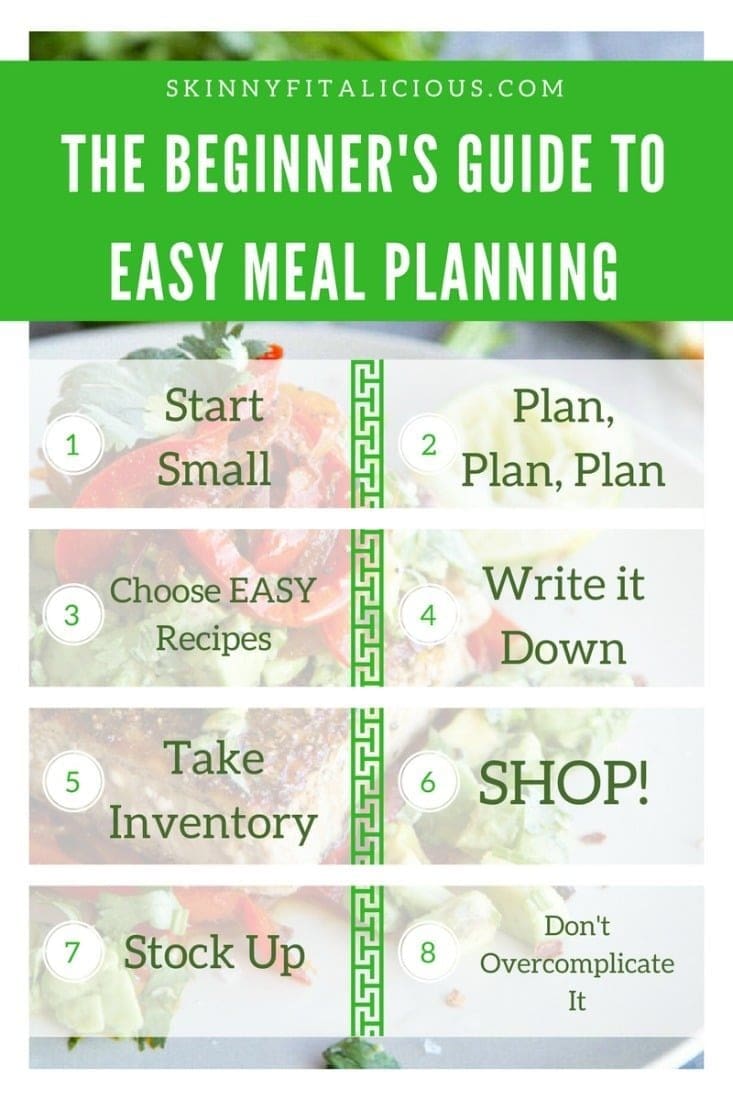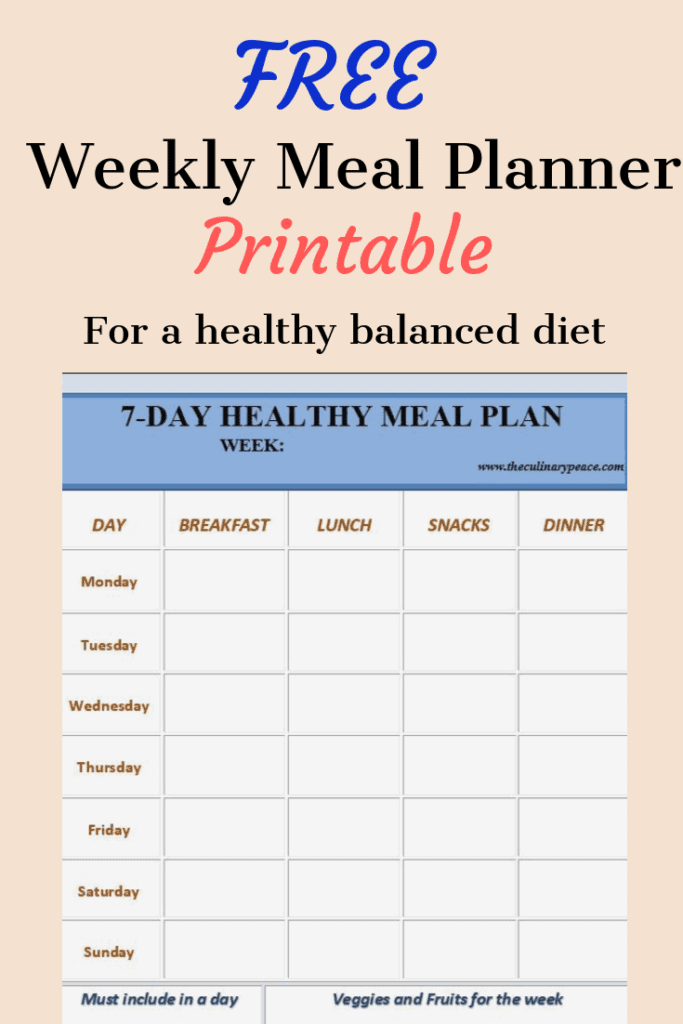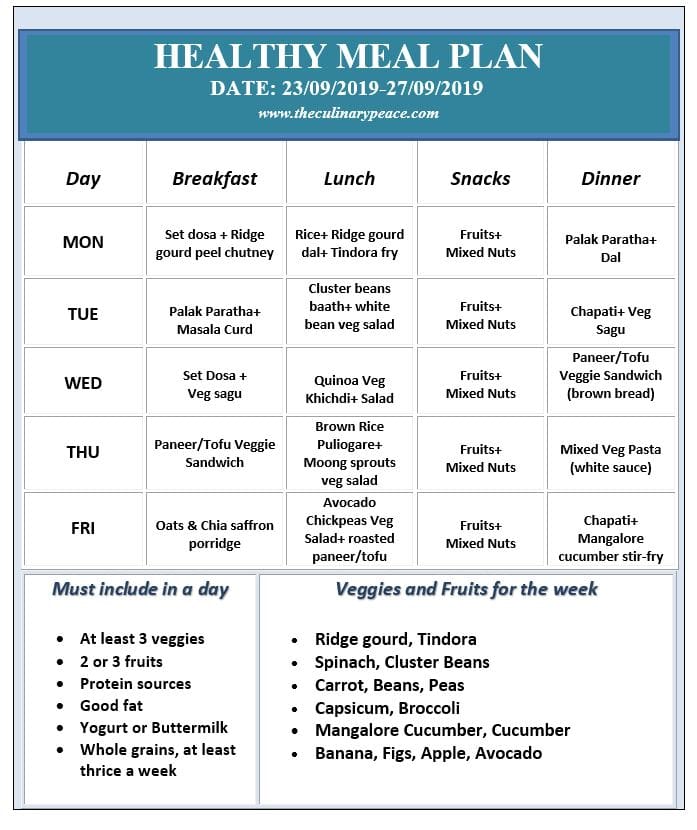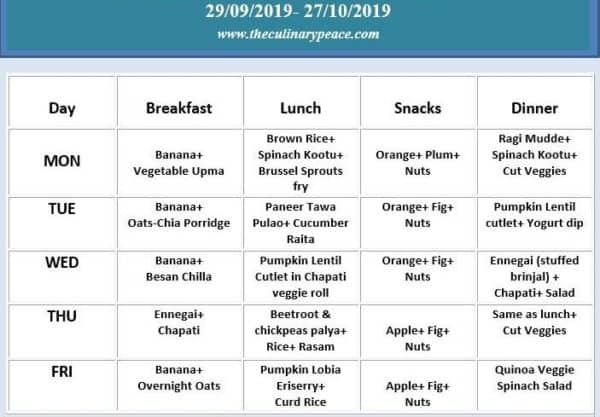Welcome, beginner! In this article, we will guide you through the process of creating a healthy and balanced meal plan. By incorporating a variety of nutrient-rich foods and paying attention to portion sizes, you can ensure that you are fueling your body with the necessary nutrients to support your overall health and well-being. With easy-to-follow tips and suggestions, you’ll be on your way to establishing a sustainable and satisfying meal plan in no time. Let’s get started on your journey to better nutrition! Have you ever found yourself wondering how to create a healthy and balanced meal plan?

Planning Your Meals (500 words)
Planning your meals ahead of time can help you make healthier choices and prevent last-minute decisions that may not be as nutritious. Start by creating a weekly meal plan that includes a variety of foods from all the food groups: fruits, vegetables, grains, protein, and dairy.
How to use a meal planner
Using a meal planner can help you stay organized and ensure that you have all the ingredients you need for each meal. You can find printable meal planners online or use a spreadsheet to create your own. Write down what you plan to eat for each meal and snack throughout the week.
Where to find healthy recipes
There are many resources available for finding healthy recipes online. Websites like Cooking Light, Eating Well, and the American Heart Association offer a wide variety of nutritious meal ideas. You can also follow health and wellness influencers on social media for meal inspiration.
How to incorporate your favorite foods
Creating a healthy and balanced meal plan doesn’t mean you have to give up your favorite foods. You can still enjoy treats in moderation while focusing on eating a variety of nutrient-dense foods. Try to find healthier alternatives or ways to modify your favorite recipes to make them more nutritious.

Building a Balanced Plate (500 words)
Having a balanced plate at each meal can help ensure that you’re getting all the nutrients your body needs. Fill half your plate with fruits and vegetables, one-quarter with lean protein, and one-quarter with whole grains.
The importance of portion control
Portion control is key to maintaining a healthy weight and balanced diet. Be mindful of serving sizes and use measuring cups or a food scale if necessary. You can also use the “plate method” to visualize portion sizes: imagine dividing your plate into different food groups.
How to balance macronutrients
Macronutrients are the three main components of food: carbohydrates, proteins, and fats. Each macronutrient plays a different role in your body, so it’s important to include a balance of all three in your meals. Aim to include a source of each macronutrient in your meals to keep you satisfied and energized.
Tips for choosing nutrient-dense foods
Nutrient-dense foods are rich in essential nutrients but relatively low in calories. Some examples of nutrient-dense foods include fruits, vegetables, whole grains, lean proteins, and low-fat dairy products. When planning your meals, focus on including a variety of these foods to meet your nutrient needs without excess calories.

Stocking Your Pantry and Fridge (500 words)
Having a well-stocked pantry and fridge can make it easier to stick to your meal plan and avoid unhealthy choices. Keep your kitchen filled with nutritious staples that you can use to whip up quick and healthy meals.
Must-have pantry staples
Some essential pantry staples for creating healthy meals include whole grains (quinoa, brown rice, whole wheat pasta), legumes (beans, lentils), canned or frozen fruits and vegetables, nuts and seeds, and herbs and spices for flavor.
Refrigerator essentials
In your fridge, make sure to stock up on fresh fruits and vegetables, lean proteins (chicken, turkey, fish), dairy or non-dairy alternatives, and eggs. Having these ingredients on hand makes it easier to throw together a nutritious meal without having to run to the grocery store.
How to meal prep like a pro
Meal prepping can save you time and energy throughout the week and help you stay on track with your healthy eating goals. Set aside some time each week to prep ingredients like chopping vegetables, cooking grains or proteins, and portioning out snacks. Store your prepped ingredients in separate containers to mix and match for meals.

Eating Out and Staying on Track (500 words)
Eating out at restaurants or ordering takeout doesn’t have to derail your healthy eating goals. With a little planning and mindfulness, you can make smart choices that align with your meal plan.
Tips for navigating restaurant menus
When dining out, look for menu items that are grilled, broiled, or baked instead of fried or sautéed. Ask for dressings and sauces on the side, and opt for dishes that are heavy on vegetables and lean proteins. You can also ask for substitutions or modifications to make a dish healthier.
How to make healthier choices at fast-food chains
If you find yourself at a fast-food restaurant, there are still ways to make healthier choices. Look for options with grilled chicken, salads with dressing on the side, or sandwiches on whole grain bread. Skip the sugary drinks and opt for water or unsweetened tea instead.
Strategies for indulging in moderation
It’s okay to enjoy a treat every now and then while sticking to your healthy meal plan. Allow yourself to indulge in a small portion of your favorite dessert or snack without feeling guilty. Practice mindful eating by savoring each bite and stopping when you’re satisfied.

Staying Motivated and Consistent (500 words)
Creating a healthy and balanced meal plan is just the beginning – staying motivated and consistent with your choices is key to seeing long-term results. Find ways to stay inspired and on track with your goals.
Setting realistic goals
Set achievable goals for yourself that are specific, measurable, and time-bound. Instead of aiming to lose a certain amount of weight, focus on adopting healthier habits like eating more vegetables or cooking at home more often. Celebrate your small victories along the way to stay motivated.
Tracking your progress
Keep track of your meals, snacks, and physical activity in a food journal or app to see how well you’re sticking to your meal plan. Monitoring your progress can help you identify patterns, track your successes, and make adjustments as needed.
Finding support and accountability
Having a support system in place can help you stay accountable and motivated on your journey to better health. Share your goals with friends and family, join a cooking group or fitness class, or work with a registered dietitian to receive personalized guidance and support.
In conclusion, creating a healthy and balanced meal plan doesn’t have to be daunting. With a little planning, preparation, and mindfulness, you can enjoy nutritious meals that support your overall health and well-being. Remember to focus on variety, balance, and moderation in your food choices, and don’t be afraid to experiment with new recipes and ingredients. Here’s to your success on the path to a healthier you!
